Cover crops are typically annuals planted after the main crop, or “cash crop,” has been harvested from a field. These crops provide many benefits, including but not limited to:
- Ground cover during the off season
- Living roots to reduce soil erosion during adverse weather conditions
- Reduction of weed encroachment
- Increased yield of subsequent crop
- Alternative forages
Utilizing cover crops as alternative forages is an excellent way to increase the amount of forage available for livestock. These can be utilized in an emergency situation — during drought when corn silage or small grain silage yield was insufficient to meet your herd’s dry matter needs — or to just increase the forage available to your livestock operation.
Annual crops are usually utilized as alternative forages to cover ground between cash crops. This can include cool-season annuals, such as rye, triticale, oats and brassicas, as well as warm-season annuals, like sudangrass, sorghum x sudan, cowpeas, Japanese millet and more.
Cover crops used for alternative forages can be grazed. Using an intensively managed grazing system like strip grazing allows for maximum utilization of the forages and helps to control intake to alleviate any health concerns such as bloat and acidosis, which can occur with rapid diet changes in ruminant livestock. Strip grazing also allows for forage regrowth if crops are managed to have a residual height conducive for regrowth.
The forages can also be harvested as dry hay or stored as high moisture forage — silage that can be baled, bagged or stored in a silo. These crops are typically very conducive to good fermentation as they have high sugar levels, and the elimination of oxygen during the ensiling process encourages acid accumulation and stabilization of the fermented forage. Silage round bales can provide an advantage over dry hay in many ways — providing an opportunity to produce high quality forage suitable for a wide range of classes of livestock while beating the unsuitable weather for dry hay.
How Massey Ferguson hay equipment can help
At Massey Ferguson, we understand how important it is to feed livestock quality nutrition through quality forage. Hesston by Massey Ferguson® hay tools help to reduce harvest losses through cutting-edge technology.
Our TwinMax™ double conditioner on the self-propelled windrower dries hay faster to reduce respiration losses and reduce time in the field to baling. Our rotary rakes create a light, even windrow without roping that lies on top of the forage stubble, allowing for airflow through and under the windrow, further reducing the dry-down time. Our 4100 RB Series round balers bale a tight, dense bale that is optimal for fermentation in silage bales!
Agronomist Bio
Dr. Jessica Williamson is the hay and forage specialist for AGCO. Jessica’s expertise is in forage quality, management and production, as well as ruminant nutrition and the plant-animal interaction. Jessica is responsible for designing and conducting field tests on hay and forage equipment; educating AGCO personnel and customers on forage management, production and livestock nutrition; and working with the Green Harvest team on ongoing forage projects.
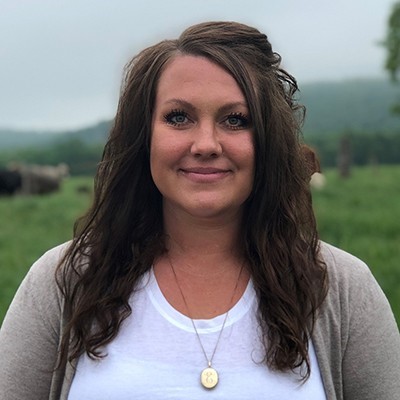
Jessica holds a Bachelor of Science degree in animal science from Morehead State University (Morehead, Ky.); a Master of Science degree in animal science (ruminant nutrition) from the University of Arkansas (Fayetteville, Ark.); and a Ph.D. in plant and soil science (forage agronomy) from the University of Kentucky (Lexington, Ky.). Jessica is originally from a cow-calf operation in western Maryland.

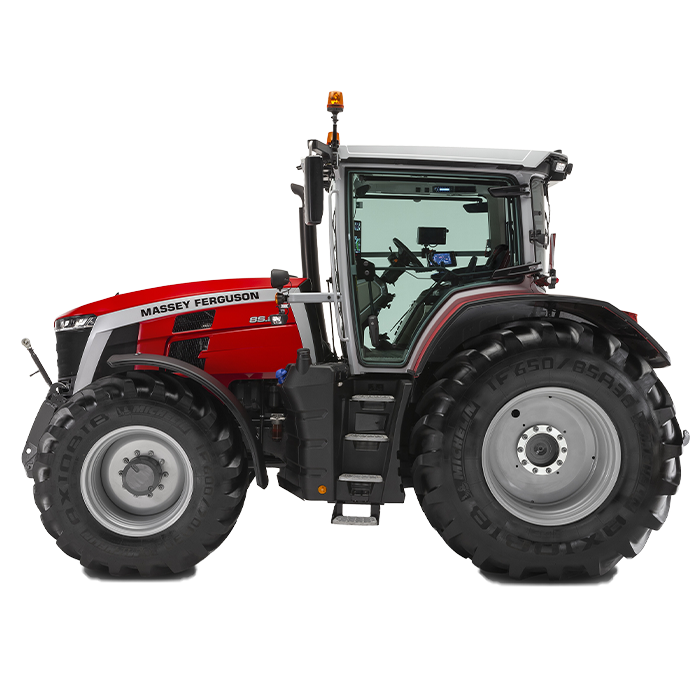
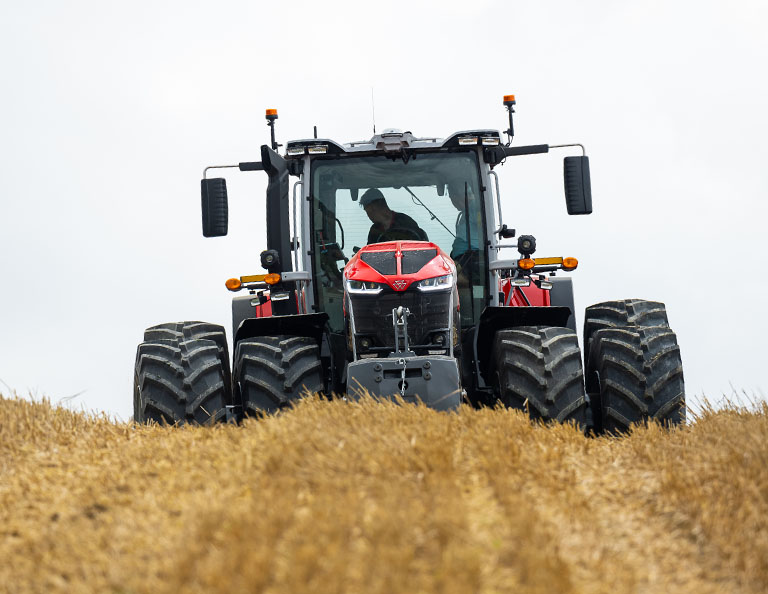

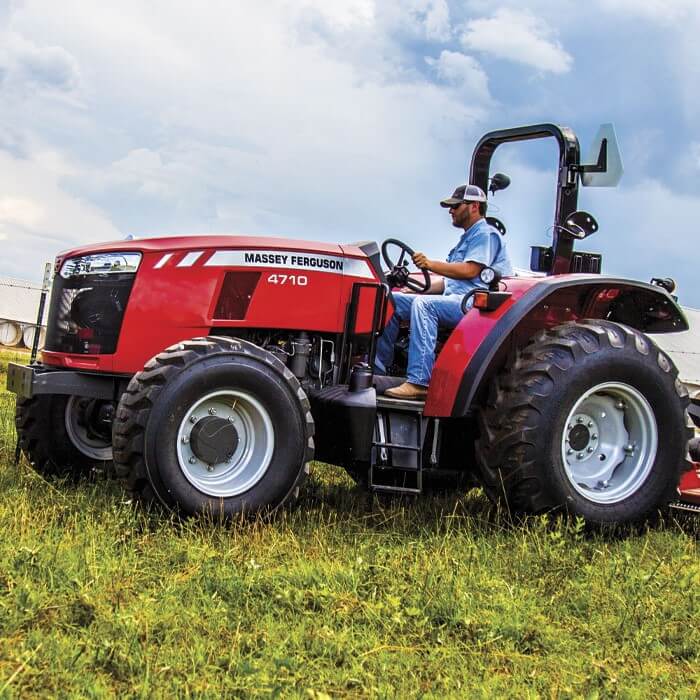


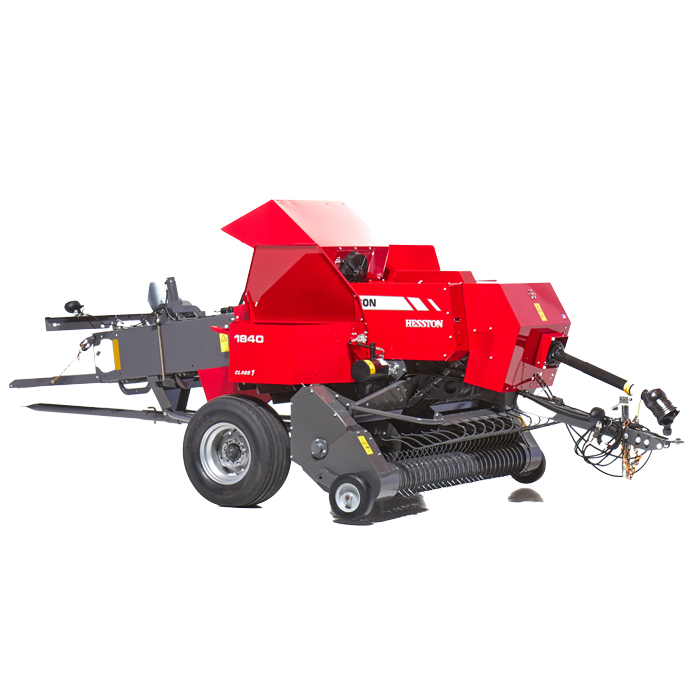
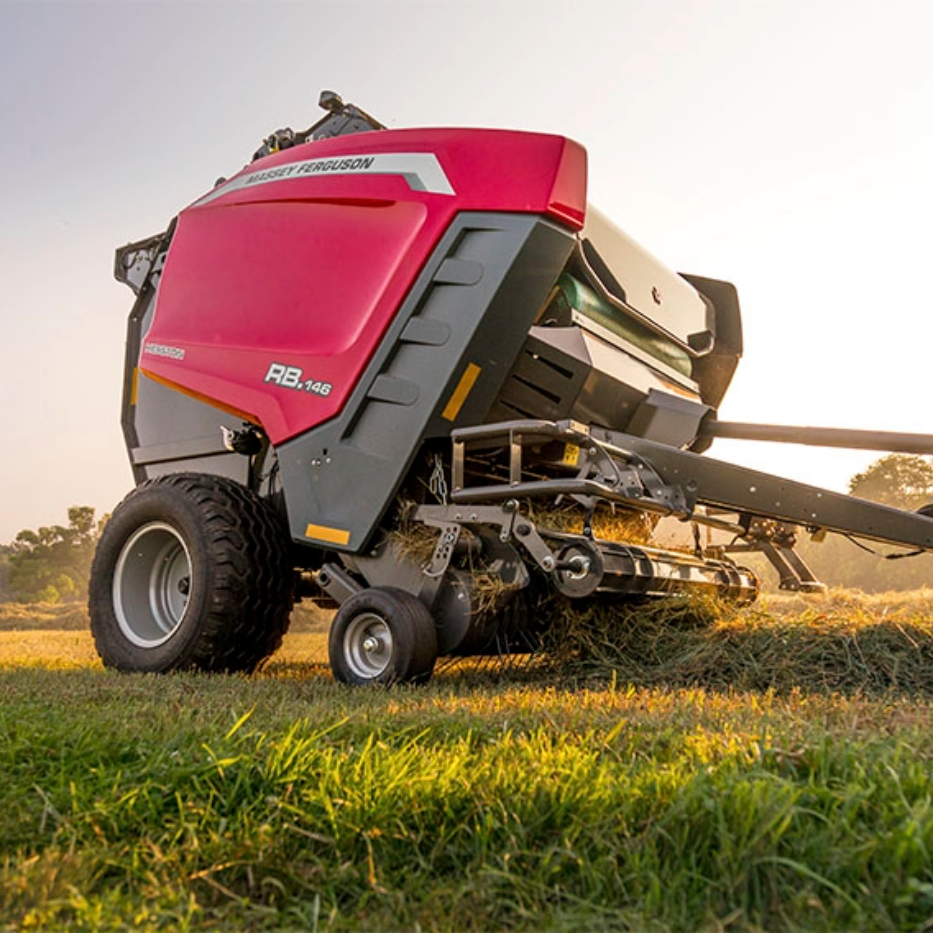
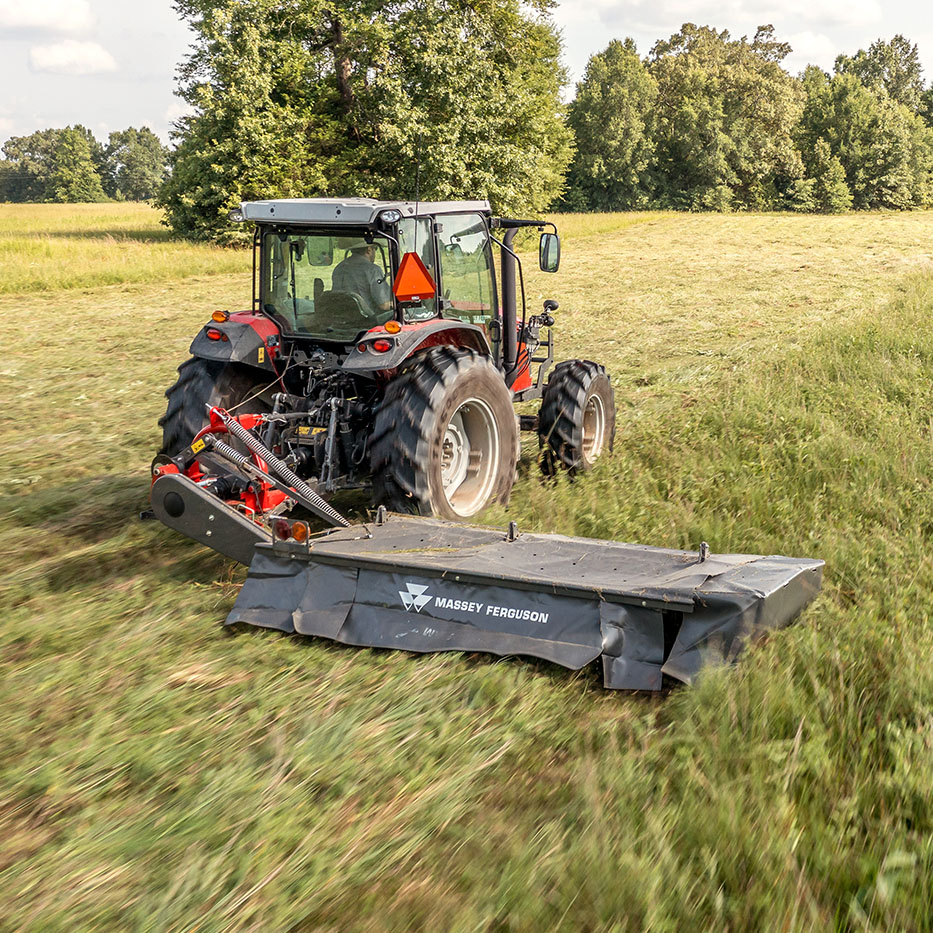
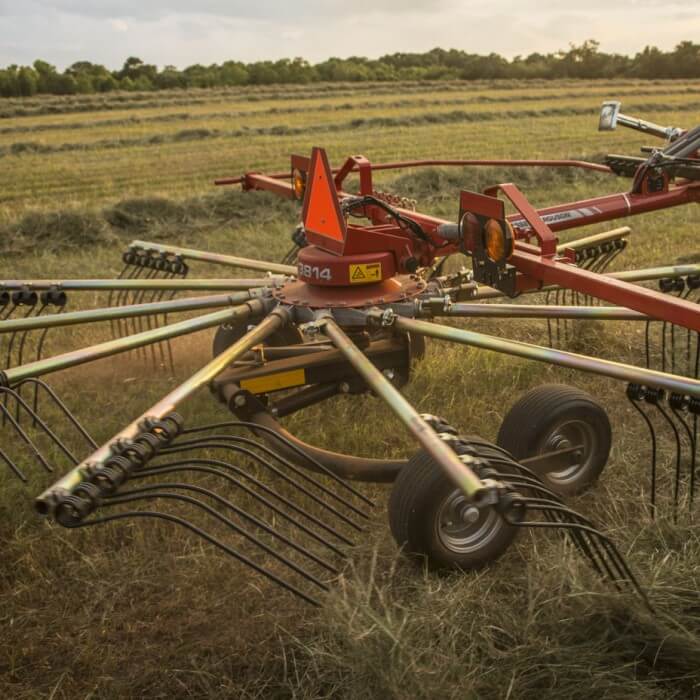
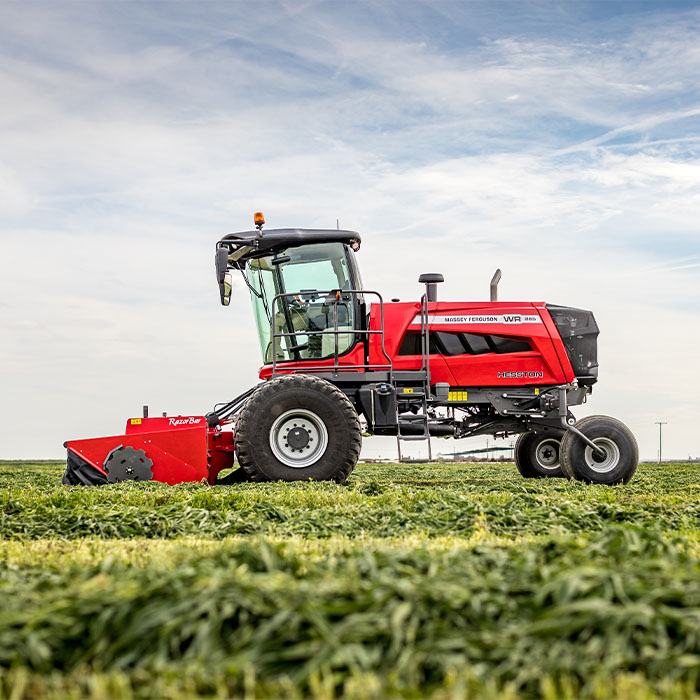
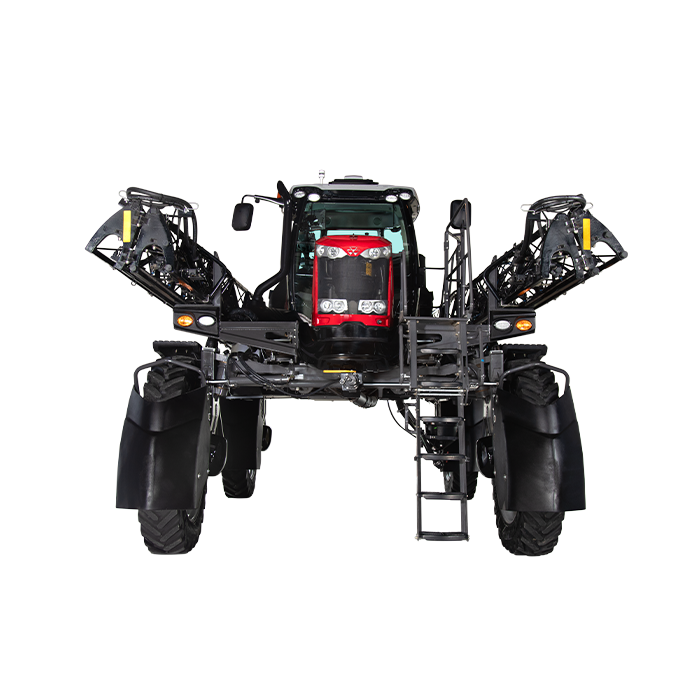

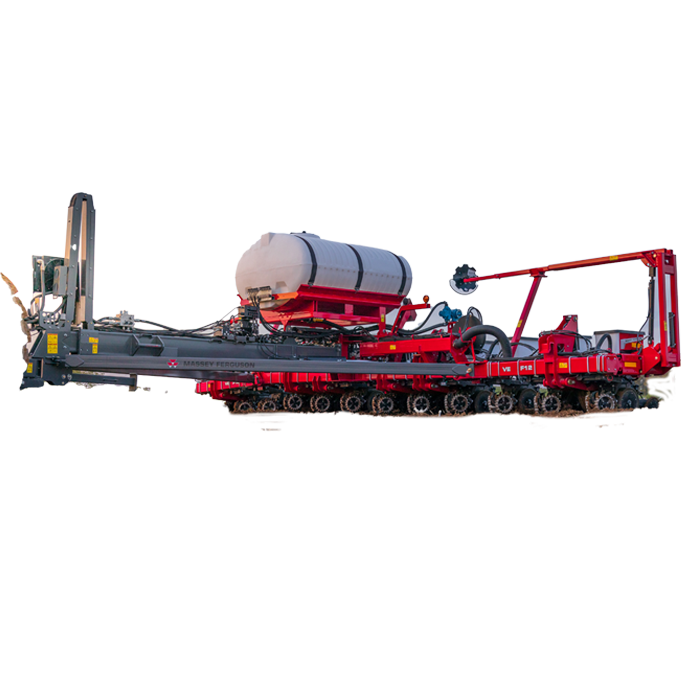
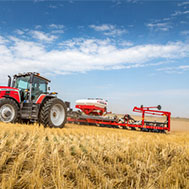
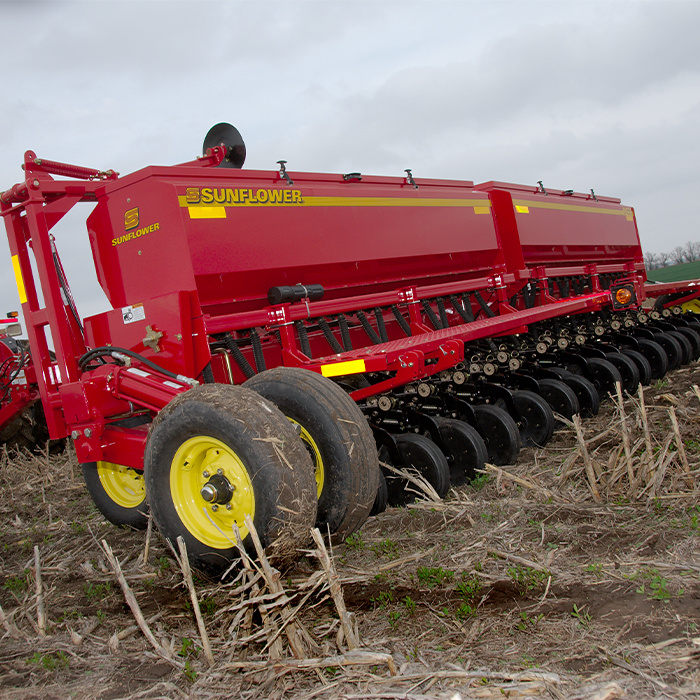
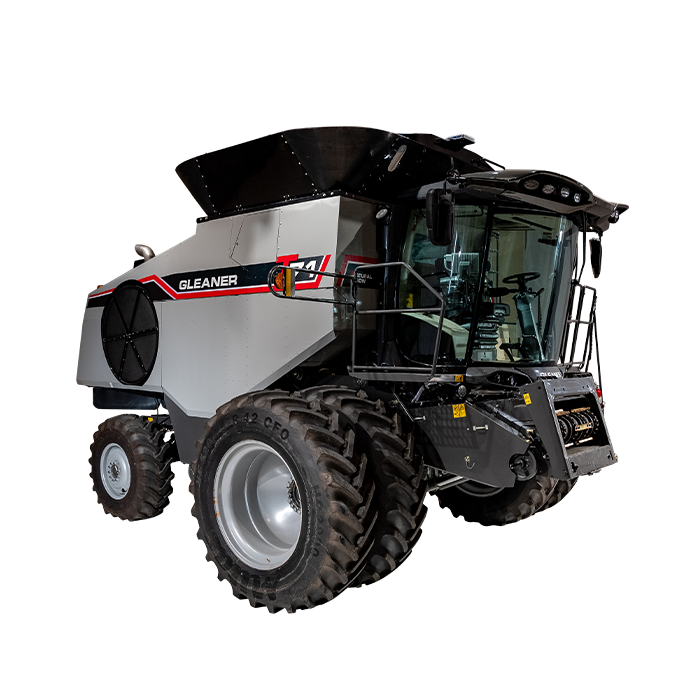

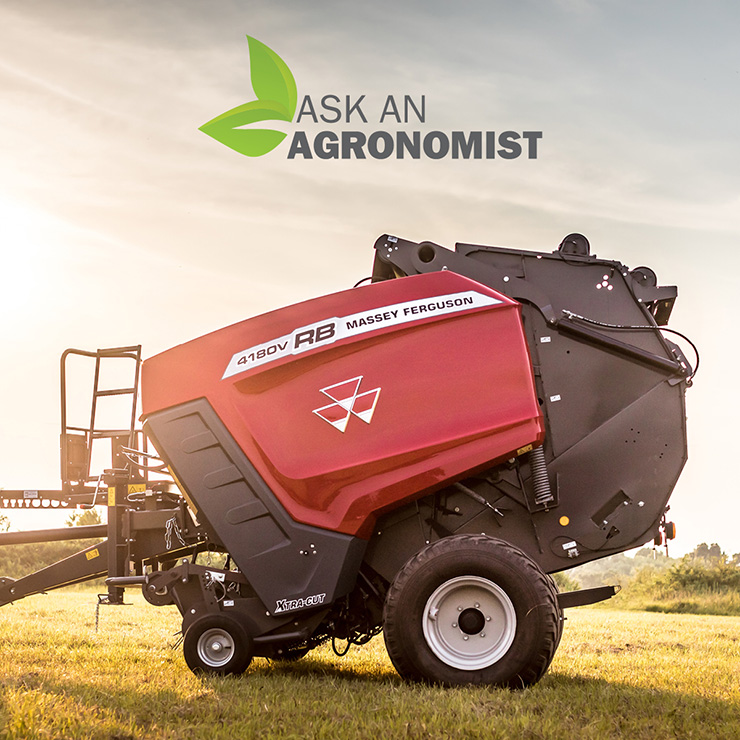
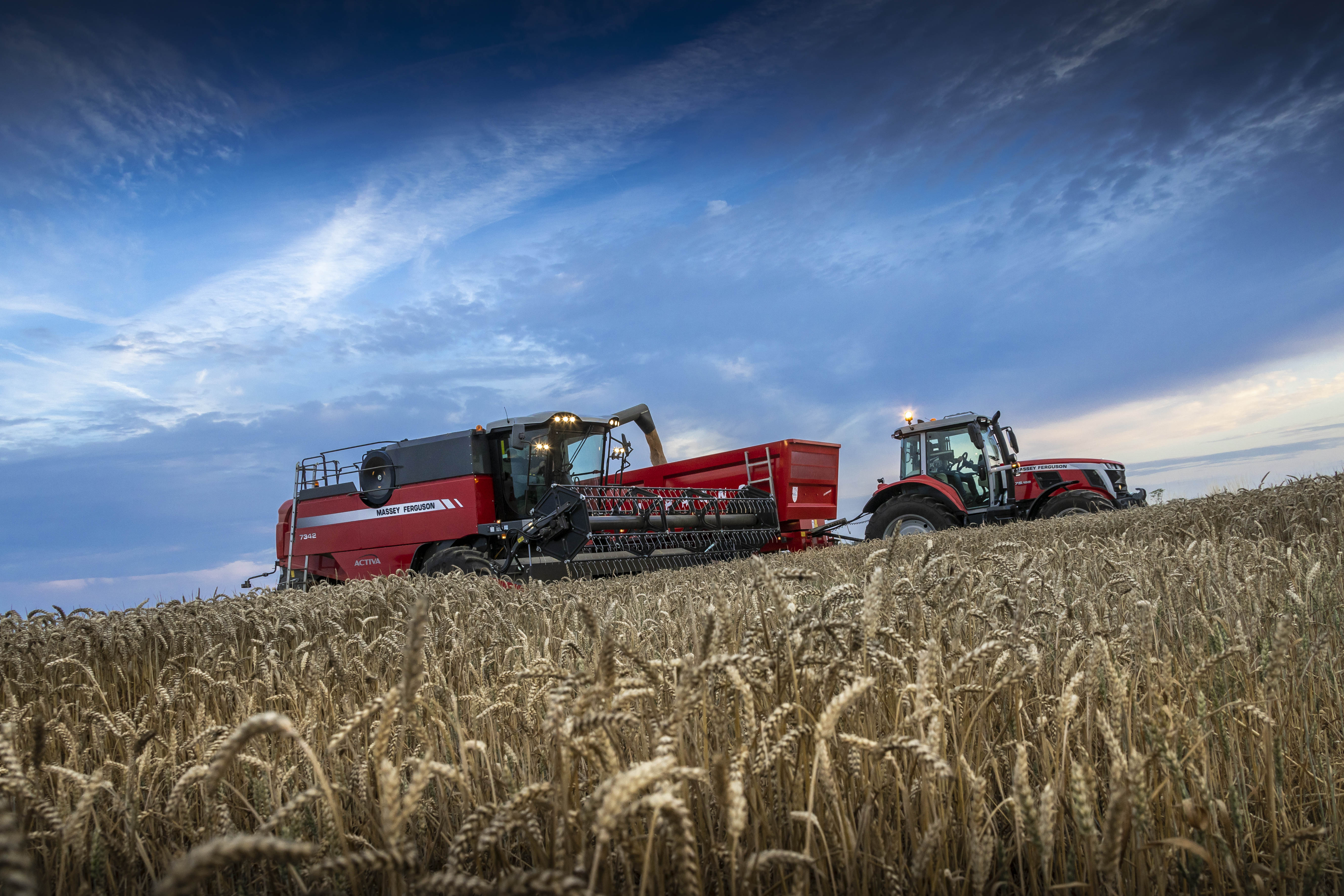
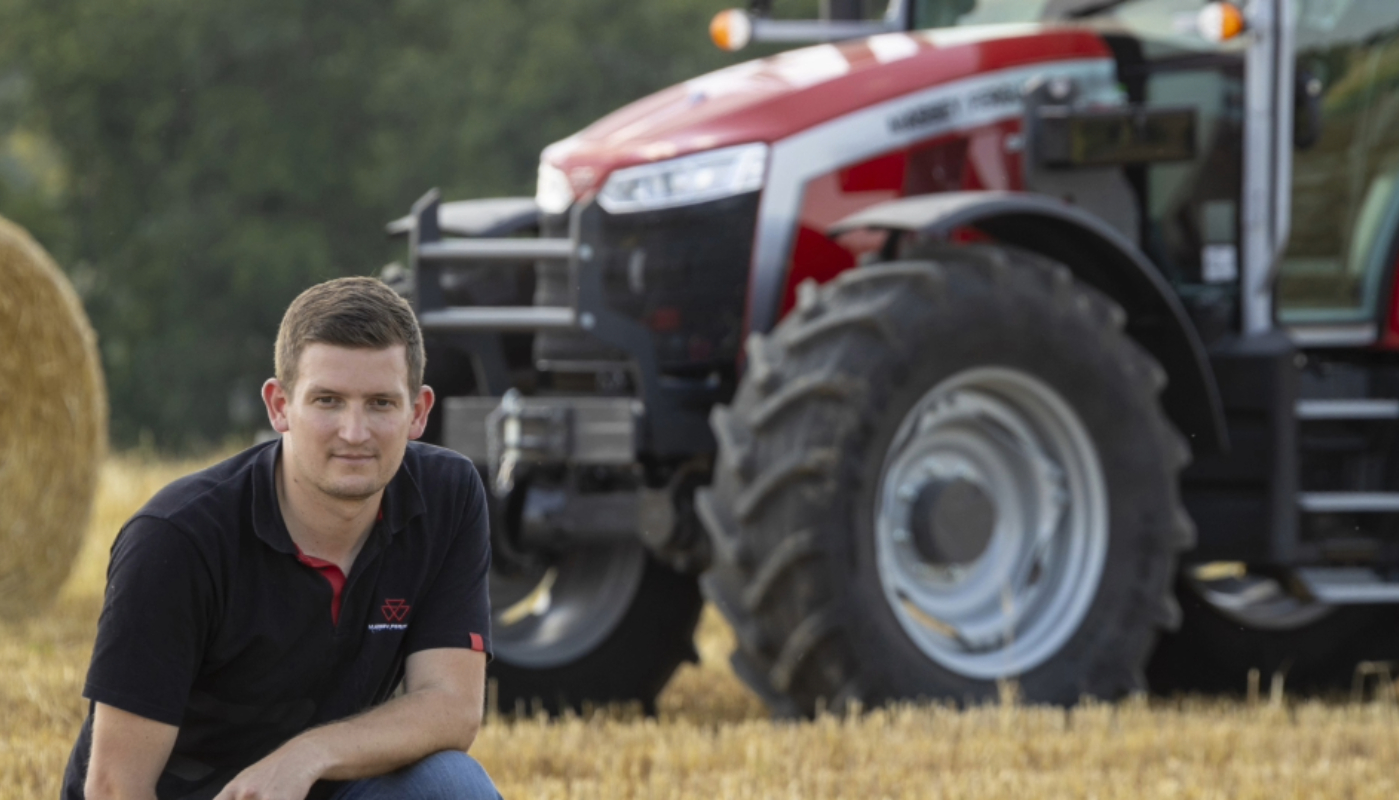
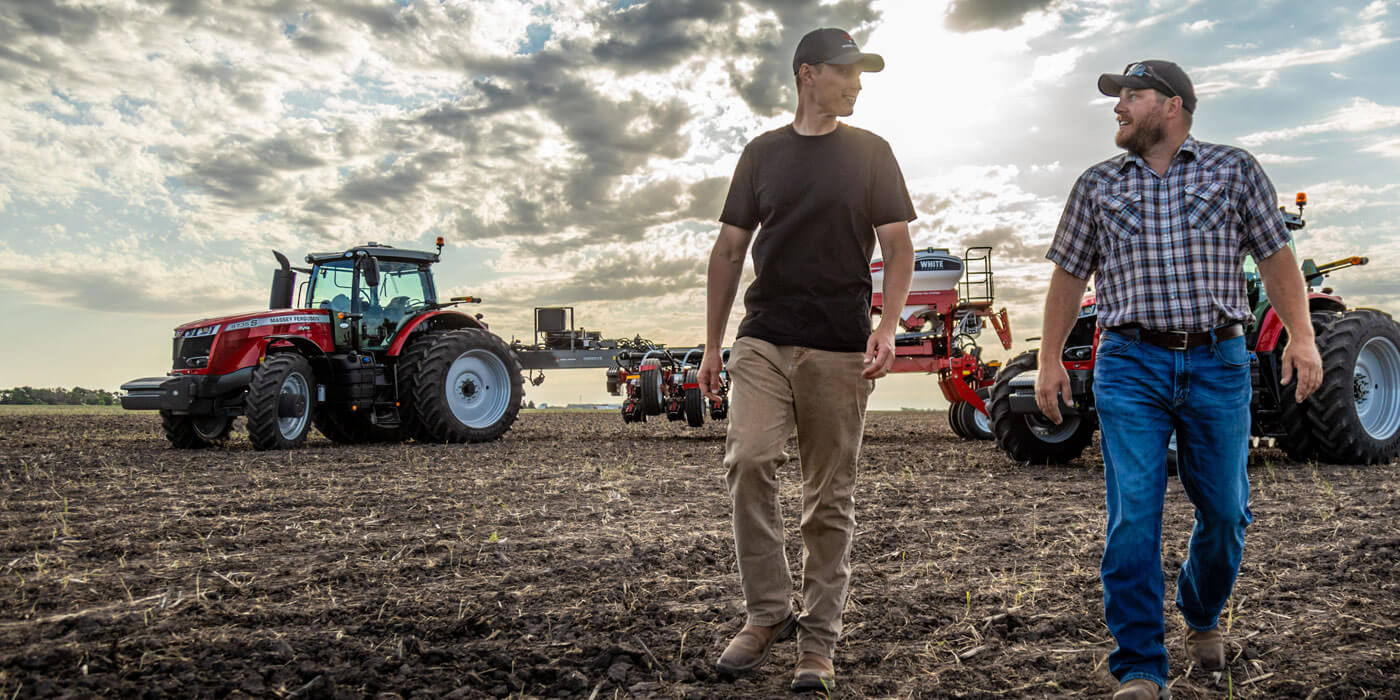
Share